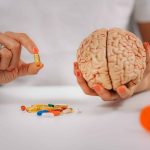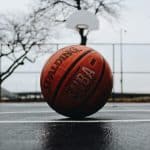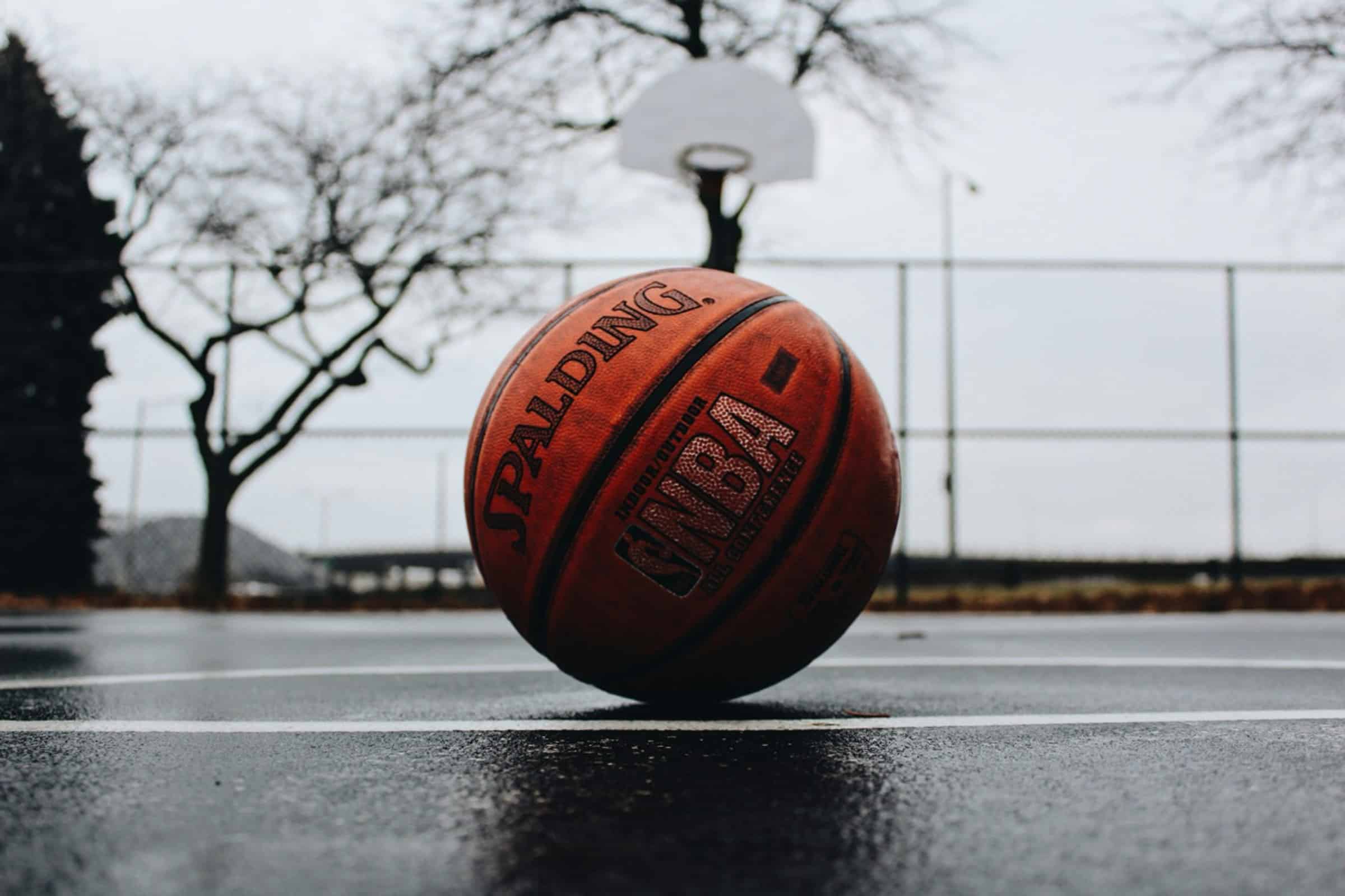A stroke can significantly impair physical function, leaving patients grappling with mobility challenges and a loss of independence. The recovery journey often involves a multidisciplinary approach that combines medication, surgery, and physical rehabilitation. This article delves into the development of sport-specific rehabilitation programs for post-stroke patients, emphasizing the role of exercise, training, and functional activities in promoting recovery. Multiple studies, accessible via Google Scholar and PubMed, have provided evidence-based insights into the effectiveness of such programs in improving walking and other aspects of physical functionality.
The Importance of Physical Rehabilitation in Stroke Recovery
Post-stroke physical rehabilitation forms a crucial component of the recovery process. This practice focuses on helping the patients to regain their lost physical abilities following a stroke, and enhance their overall quality of life. Various exercise programs and training routines are employed to achieve this objective, with emphasis on the specific needs and capabilities of each patient.
Cela peut vous intéresser : How Does Cognitive Load Affect Decision Making in Elite Chess Players?
According to a study available on Google Scholar, physical rehabilitation can considerably increase the probability of regaining independence in stroke patients. The study highlights activities such as walking, balance exercises, and functional training as critical elements of such a program. Indeed, the more active the patient, the higher the chances of a successful recovery.
Research on PubMed reaffirms the importance of physical rehabilitation, particularly in boosting the patients’ confidence and reducing the risk of another stroke. However, it is advisable to tailor the rehabilitation program to each patient’s unique requirements to achieve optimal results.
A découvrir également : What Are the Psychosocial Benefits of Participating in Team Sports for Seniors?
The Role of Sport-Specific Programs in Stroke Rehabilitation
Sport-specific rehabilitation programs incorporate exercises and training routines that mimic the movements and demands of a particular sport. Such programs are designed based on the interests and abilities of the patient, encompassing activities ranging from walking and running to swimming and cycling.
Studies on Google Scholar show that sport-specific programs can provide a fun and engaging way for stroke patients to regain their physical abilities. These programs provide a context for patients to apply their rehab exercises, thereby promoting functional recovery. Furthermore, they can enhance the patients’ motivation to participate in the rehab sessions, thereby improving their adherence to the program and accelerating recovery.
Sport-specific programs can also pose a lower risk of injury compared to traditional rehab exercises, as they tend to be less strenuous and more enjoyable for the patients. However, it is essential to consider the patient’s physical abilities and limitations when designing these programs to avoid causing further harm.
Designing Sport-Specific Rehabilitation Programs
Designing sport-specific rehabilitation programs for post-stroke patients requires a careful consideration of the patient’s interests, abilities, and recovery goals. It involves a collaborative effort between the patient, the therapist, and the patient’s family or caregivers.
Firstly, the initial step includes an evaluation of the patient’s physical abilities and limitations, through a comprehensive assessment. This assessment usually involves tests for strength, balance, coordination, endurance, and other relevant physical capabilities.
Then, based on the assessment results and the patient’s preferences, the therapist can choose suitable sports activities for the patient. For instance, if the patient enjoys walking and has good lower limb strength, a walking-based program may be appropriate.
Next, the therapist designs a specific training routine that reflects the demands and movements of the chosen sport. This routine should be challenging but achievable, and should progress gradually over time to avoid injury and overexertion.
Finally, the therapist should regularly monitor and adjust the program based on the patient’s progress and feedback. For example, if the patient finds a particular exercise too difficult or uncomfortable, the exercise can be modified or replaced with a more suitable one.
The Impact of Sport-Specific Rehabilitation Programs on Stroke Recovery
With sport-specific rehabilitation programs, post-stroke patients can experience significant improvements in their physical function and quality of life. Studies on Google Scholar reveal that these programs can enhance muscle strength, balance, coordination, and flexibility, thereby improving the patients’ ability to perform daily activities independently.
Moreover, sport-specific programs can also have a positive effect on the patients’ mental health. By engaging in activities they enjoy, patients can experience a boost in their mood and self-esteem, which can further contribute to their recovery.
However, it’s essential to keep in mind that while sport-specific rehabilitation programs can greatly benefit stroke patients, they are not a substitute for professional medical treatment. They should be used as a complementary therapy, in conjunction with medication, surgery, and traditional rehabilitation exercises.
The Future of Sport-Specific Rehabilitation Programs for Stroke Patients
As research continues to unfold, the use of sport-specific rehabilitation programs for stroke patients is likely to gain more recognition and acceptance in the medical community. Technological advancements may also play a significant role in shaping the future of these programs. For instance, the use of virtual reality (VR) technology can provide a safe and immersive environment for patients to practice their sport-specific exercises.
In addition, future studies, accessible through platforms like Google Scholar and PubMed, may uncover new ways to refine and optimize these programs. The ultimate goal is to provide every post-stroke patient with a personalized, engaging, and effective rehabilitation program that aids in their recovery and helps them regain their independence and enjoyment of life.
Exploring the Effectiveness of Sport-Specific Rehabilitation Programs
Research published on Google Scholar, Scholar Crossref, and PubMed Google has shown the effectiveness of sport-specific rehabilitation programs for stroke patients. Data from these studies confirm that such programs can have a profound impact on the recovery journey of stroke survivors, making it a promising field in physical therapy.
Sport-specific rehabilitation programs are designed to enhance physical activity, coordination, balance and endurance among stroke patients. By mimicking the movements required in a particular sport, these programs can help restore patients’ lost motor skills and physical abilities. Furthermore, because these programs are based on sports that patients are interested in, they can be highly engaging, potentially leading to better adherence and long-term commitment to rehabilitation.
Findings from a systematic review available on PubMed Google suggested that stroke patients who participated in sport-specific rehabilitation programs showed significant improvements in their physical functions. The review also highlighted the benefits of these programs in enhancing the patients’ mental health, as the enjoyment derived from participating in sports can act as a mood booster.
Furthermore, data from a randomized controlled trial available on Google Scholar revealed that sport-specific rehabilitation programs, when combined with traditional rehabilitation exercises, can accelerate functional recovery among chronic stroke patients.
Integrating Technology into Sport-Specific Rehabilitation Programs
The integration of technology into sport-specific rehabilitation programs holds significant potential for enhancing stroke rehabilitation. For instance, the use of virtual reality (VR) technology can provide a safe, controlled, and immersive environment for patients to practice their sport-specific exercises.
Virtual reality technology offers a unique and engaging way for stroke patients to participate in physical therapy. By creating a realistic, virtual environment, VR allows patients to mimic the physical movements required in actual sports, contributing to the development of a more effective, patient-centered, and enjoyable rehabilitation program.
According to a study available on Google Scholar, VR-based rehabilitation programs can increase the patients’ motivation to participate in physical therapy sessions. The study also suggested that VR can enhance the effectiveness of sport-specific rehabilitation programs, by providing real-time feedback, enabling customized exercise settings, and promoting high-intensity and long-term participation.
Similarly, research available on Scholar Crossref highlighted the potential of VR in improving the motor function and balance of stroke survivors. The research indicated that VR-based sport-specific programs could be an effective supplementary therapy for traditional stroke rehabilitation.
Conclusion
The emergence of sport-specific rehabilitation programs marks a significant milestone in the field of stroke rehabilitation. Supported by evidence from Google Scholar, Scholar Crossref, and PubMed Google, these programs can improve physical function, enhance mental health, and promote long-term adherence to physical therapy among stroke patients.
Looking ahead, the integration of technology, such as VR, into these programs could further enhance their effectiveness. As we continue to explore innovative rehabilitation methods, the ultimate goal remains to provide each post-stroke patient with a personalized, engaging, and effective rehabilitation program that can aid in their recovery, empower them to regain their independence, and enhance their enjoyment of life.











